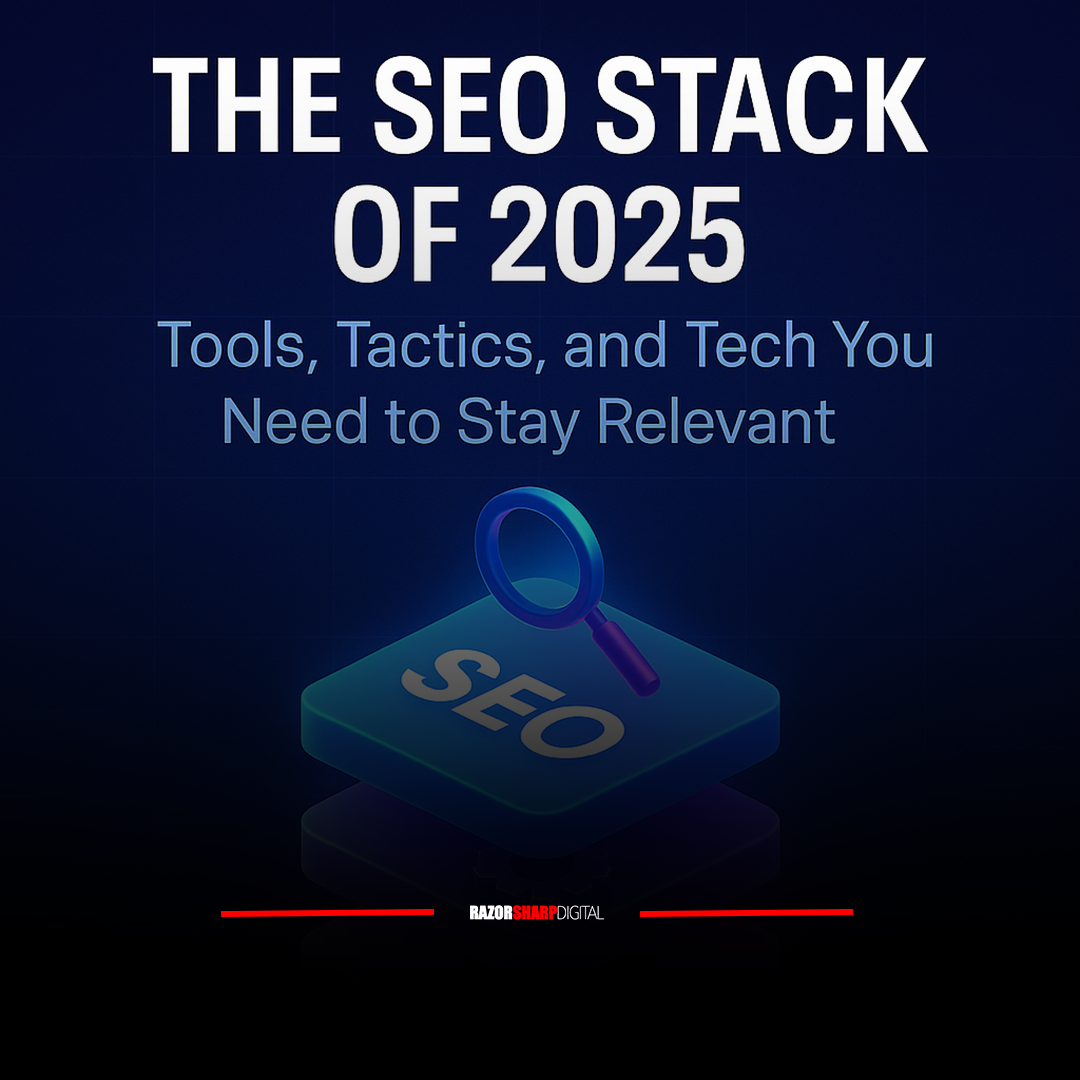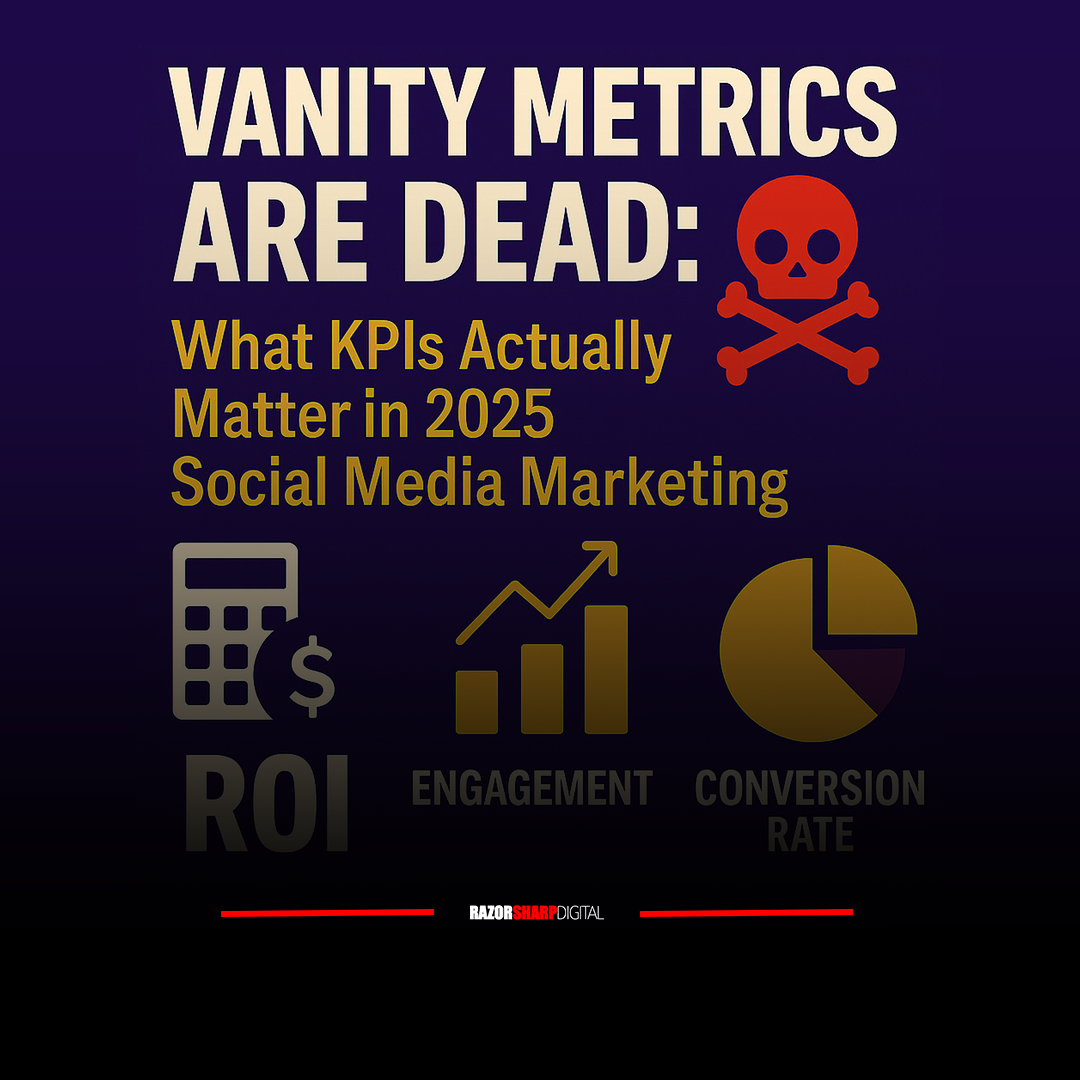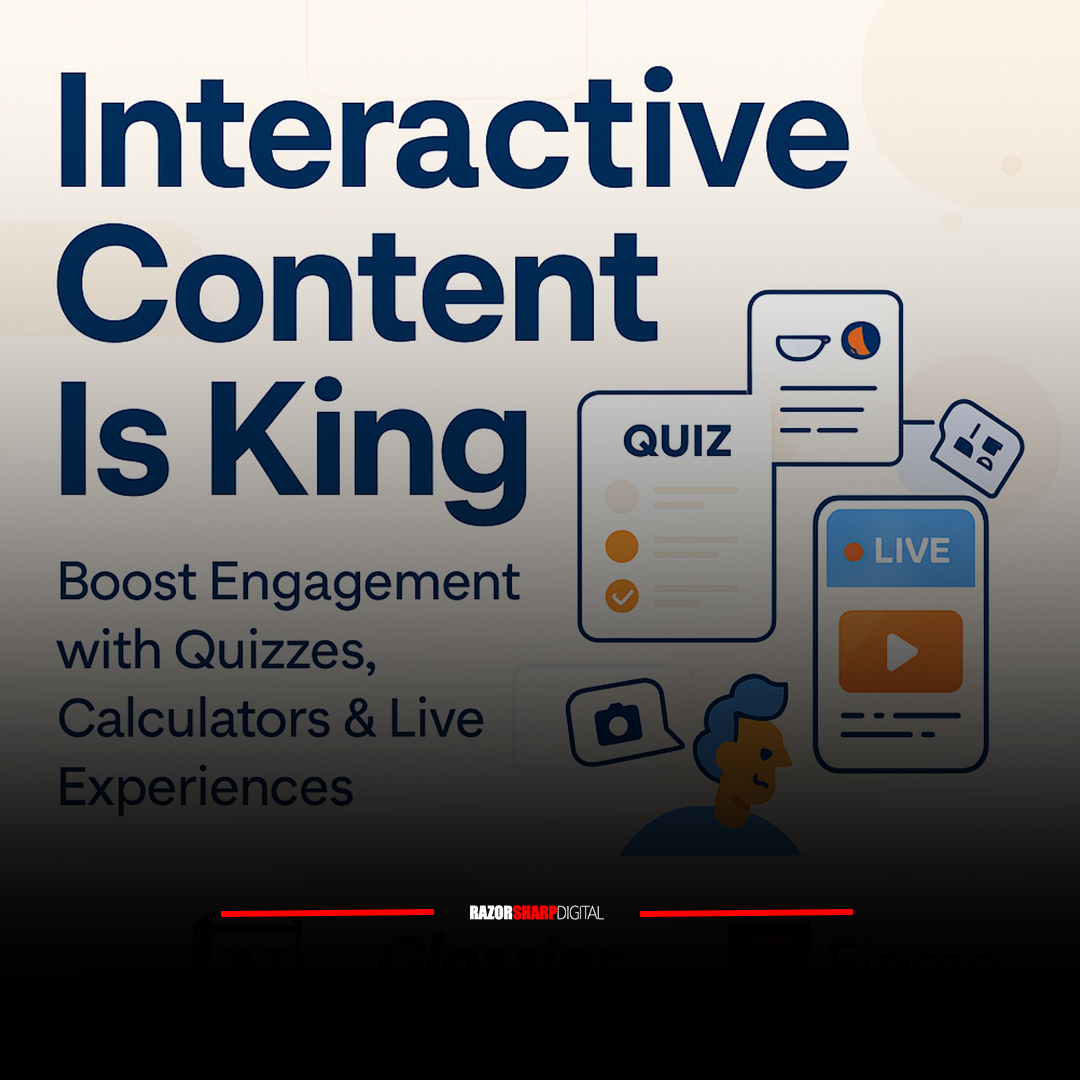Fast Website Loading Times For Best All-Around User Experience
Fast website loading times aren’t just a “thing” you must do because of marketing reasons. It is a requirement for the psychological and emotional enticement of people. Your future customers! Slow website loading times contribute to impatient users and loss of valuable traffic. In this blog we delve in deeper on what you must know and do to ensure fast website loading times.

Website loading times play a crucial role in determining user satisfaction and engagement. Studies have shown that even a one-second delay in page load time can lead to a significant drop in conversions and user retention. Therefore, optimizing your website for speed is essential for delivering a seamless user experience and maintaining a competitive edge in the online landscape.
In this comprehensive guide, we’ll delve into various strategies and tactics to ensure fast website loading times.
Understanding the Importance of Website Speed
Before diving into optimization techniques, it’s essential to understand why website speed matters. Here are some key reasons:
- User Experience: Faster loading times lead to better user experiences, reducing bounce rates and increasing user engagement.
- SEO Performance: Search engines like Google prioritize fast-loading websites in their rankings, making website speed a critical factor for SEO success.
- Conversion Rates: Speed directly impacts conversion rates, with faster websites experiencing higher conversion rates and improved customer satisfaction.
- Mobile Responsiveness: Mobile users, in particular, expect websites to load quickly, making speed optimization crucial for catering to this audience segment.
Strategies for Improving Website Speed
Now, let’s explore some effective strategies and tactics for optimizing website speed:
1. Optimize Images
Large image files are one of the primary culprits behind slow website loading times. To mitigate this issue:
- Use Compressed Images: Compress images to reduce file sizes without compromising quality. Tools like TinyPNG and JPEG Optimizer can help with this.
- Leverage Responsive Images: Serve appropriately sized images based on the user’s device and screen resolution using responsive design techniques.
- Lazy Loading: Implement lazy loading to load images only when they come into the user’s viewport, reducing initial page load times.
2. Minimize HTTP Requests
Every file (HTML, CSS, JavaScript, images, etc.) on a webpage requires an HTTP request. Minimizing these requests can significantly improve loading times:
- Combine Files: Concatenate CSS and JavaScript files to reduce the number of HTTP requests required to load a webpage.
- Reduce External Scripts: Limit the number of external scripts and resources, such as fonts and third-party plugins, as each one adds additional HTTP requests.
3. Enable Browser Caching
Browser caching allows visitors’ browsers to store static files locally, reducing the need to re-download them on subsequent visits:
- Set Expires Headers: Configure your server to set far-future expiration dates for static resources like images, CSS, and JavaScript files.
- Implement Cache-Control: Use cache-control headers to specify how long files should be cached by the browser.
4. Optimize Code and Scripts
Efficient coding practices can significantly impact website speed:
- Minify CSS, JavaScript, and HTML: Remove unnecessary characters, white spaces, and comments from code to reduce file sizes.
- Eliminate Render-Blocking Resources: Identify and defer render-blocking CSS and JavaScript to ensure that critical content loads first.
5. Utilize Content Delivery Networks (CDNs)
CDNs distribute website content across multiple servers worldwide, delivering it to users from the nearest server location:
- Improve Geographic Coverage: Choose a CDN with a broad network of servers to minimize latency and deliver content faster to users globally.
- Cache Dynamic Content: Utilize CDNs to cache static and dynamic content, reducing server load and speeding up content delivery.
6. Opt for Faster Hosting Solutions
The hosting provider and server infrastructure significantly impact website speed:
- Choose a Reliable Hosting Provider: Opt for a hosting provider with a reputation for high uptime and fast server response times.
- Consider Cloud Hosting: Cloud hosting offers scalability and reliability, ensuring consistent performance even during traffic spikes.
Monitoring and Testing
Optimization is an ongoing process, and it’s essential to monitor website performance regularly:
- Use Performance Testing Tools: Tools like Google PageSpeed Insights, GTmetrix, and Pingdom provide insights into website performance and actionable recommendations for improvement.
- Monitor Server Response Times: Keep an eye on server response times to identify any performance bottlenecks and address them promptly.
Fast website loading times are crucial for delivering exceptional user experiences, improving SEO performance, and driving conversions. By implementing the strategies and tactics outlined in this guide, you can optimize your website for speed and stay ahead in today’s competitive online landscape. Remember that website optimization is an ongoing process, so continue monitoring performance and making adjustments to ensure your site remains fast and responsive to user needs.
How fast is your website? Let’s find out!
Let's get connected!
Learn about strategic human marketing and how it can benefit your business.
Download for FREE TODAY!
Stay in touch with us!
Get all the latest content, news, and digital marketing insights to help you humanize your brand.
Categories
- Advertising (1)
- AI (4)
- Anchor.FM (1)
- Audio (2)
- Company Culture (1)
- Culture (1)
- Digital Marketing (21)
- Facebook (3)
- General (1)
- Instagram (2)
- Launch (1)
- Marketing (25)
- Mindset (1)
- Paid Media Campaigns (9)
- Press Releases (1)
- SEO (18)
- Snapchat (1)
- Social Media (40)
- Storytelling (1)
- Twitter (1)
- Uncategorized (1)
- Video (2)
- Website Development (18)
We Are Your Human-Centric Marketing Partner
Your company needs humanization and personalization in order for it to thrive and grow. Our systematic, strategic, and seasoned approach will help you thrive and grow. Let’s discuss ways we can help your business become more human-centric so you can dominate.








